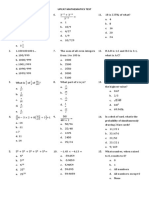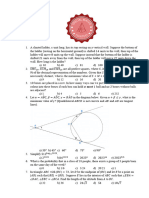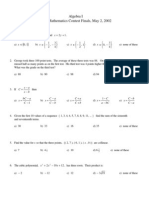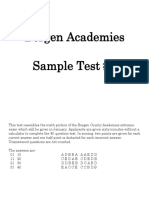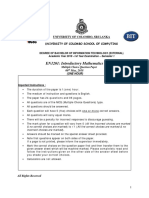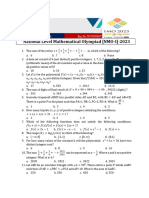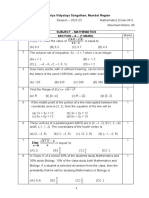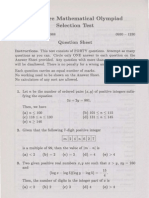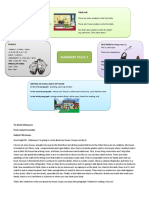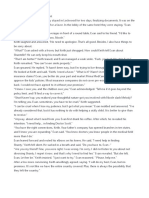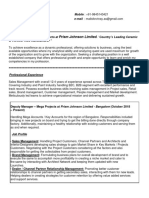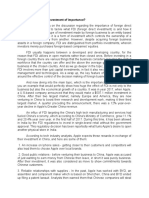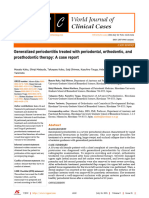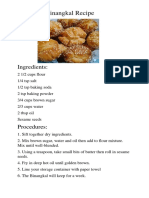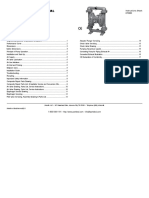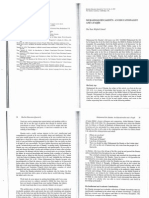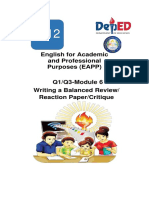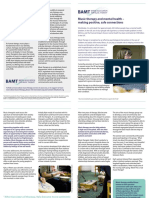0% found this document useful (0 votes)
68 views9 pagesHigh School Olympic Math Contest Practice (2) Part A
The document contains a series of math problems designed for high school students preparing for an Olympic Math Contest. Each problem presents a unique mathematical challenge, covering various topics such as geometry, algebra, and number theory. The problems are multiple-choice, providing five answer options for each question.
Uploaded by
Jiusong ZhaoCopyright
© © All Rights Reserved
We take content rights seriously. If you suspect this is your content, claim it here.
Available Formats
Download as PDF, TXT or read online on Scribd
0% found this document useful (0 votes)
68 views9 pagesHigh School Olympic Math Contest Practice (2) Part A
The document contains a series of math problems designed for high school students preparing for an Olympic Math Contest. Each problem presents a unique mathematical challenge, covering various topics such as geometry, algebra, and number theory. The problems are multiple-choice, providing five answer options for each question.
Uploaded by
Jiusong ZhaoCopyright
© © All Rights Reserved
We take content rights seriously. If you suspect this is your content, claim it here.
Available Formats
Download as PDF, TXT or read online on Scribd
/ 9




